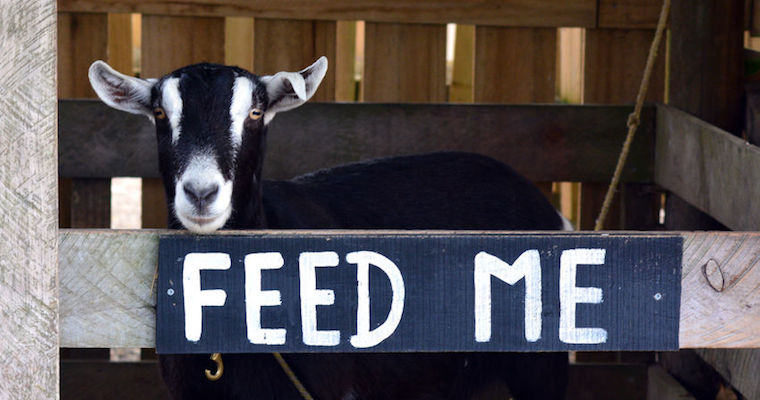
Oh No! The Executive Team Wants to Sunset Your Product
Endings can be painful — especially for product builders. And so are the words we use to describe the process: sunset, end of life, kill. Ouch. The decree often comes from above — the unemotional executive who tells you to gracefully shut it all down because they are launching something new. Even more painful is how powerless this makes product managers feel.
Saying goodbye to a product can feel like a defeat — but there is a way to do it with dignity and purpose.
To start, you need to be clear on the rationale behind the decision. Executives might point to financial concerns or the fact that customers are leaving for a competitor’s product (maybe even a next-generation product that another team is working on internally). Or, after years of acquisitions, they might be trying to streamline a bloated portfolio.
Those scenarios happen, but they are not the most common ones. The most common reason a product gets shut down is because a new one is about to be delivered. As a product manager, it is your job to explain this to the team and prepare them for the work ahead.
Because let’s face it — sunsetting a product is not the most thrilling work. But if you communicate how it will move the customer and company forward, it can be something everyone can rally around. The work can feel meaningful.
As a product manager, it is your job to explain this to the team and prepare them for the work ahead.
In order for this to happen, you need a comprehensive plan — one that reaches beyond just the product team. Sunsetting a product is a large cross-functional effort. Everyone who touches the product and interacts with customers needs to be filled in on key dates and details.
Here are the areas you should cover with each team when sunsetting your product:
Product Depending on the size of your group, you might be doing the majority of the work here yourself or pulling in your teammates to help. The most important thing is to lay the foundation for the steps that need to happen, providing cross-functional teams with what they need to bring the product to a meaningful close.
How this aligns with the company’s goals
When the work needs to be completed by
Data on how many customers will be impacted
What the overarching communication plan is
Messaging that will be shared with customers
How customers will be migrated (if there is a next-generation internal product replacement)
What the new roadmap will look like (if there is a next-generation internal product replacement)
Engineering Obviously, engineering plays a key role — they are the ones who actually flip the metaphorical switch. However, be considerate of the fact that shutting down an entire product is rarely that simple and the process will be long. Work with engineering to pinpoint all technical dependencies, and give them a preview of where the work will shift to in the future.
The exact functionality that will be eliminated
When the product/functionality needs to be shuttered
How the change could impact other functionality/products
What the new technical roadmap will look like (if there is a next-generation internal product replacement)
Marketing Give marketing everything they need so they can distribute the message widely to customers and position any new or replacement solutions. Help them understand the exact customers or customer personas who will be impacted so they can target those users.
The customer segments that will be impacted
Messaging on why the product is ending and any alternative solutions
Collateral that needs to be updated (e.g. ad campaigns, landing pages)
Plans to distribute the message (e.g. social media, email blasts)
How to explain how migration will work (if there is a next-generation internal product replacement)
Sales You need to work with sales to make sure they are positioning the correct product to customers. Yes, one product is going away — but you likely have another that can take its place.
When the product will no longer be available to customers
Which customer segments will be impacted
Messaging on why the product is ending and any alternative solutions
Collateral that needs to be updated (e.g. sales sheets)
How they can sell (if there is a next-generation internal product replacement)
Support Often after a product is retired, there is an influx of support calls. This is because customers often miss messaging from marketing and sales, so support should be prepared to field the inquiries. Just like sales, support impacts customer success, so there may be some overlapping tasks between the two groups.
When the product is no longer available to customers
Messaging on why the product is ending and any alternative solutions
Policies on billing cycles and refunds
How customers will be migrated (if there is a next-generation internal product replacement)
Support documentation that needs to be updated (e.g. support content)
Obviously, this is just a start. There are other key internal groups that need to be involved, including legal and finance. And you will definitely want to share the information broadly and update the executive team regularly.
Sunsetting a product might be the opposite of building — but that does not make the work any less important.
So, if this feels like a defeat, maybe you need to reframe the situation. Remember that your job is to deliver value to customers. If you are staying true to that — acting as an advocate for the customer and understanding their needs — then it does not matter if you shift to managing a new product. See it as an opportunity to deliver more value with something new.
The truth is that everything comes to an end — even products that we loved to build and market as product managers.
What is your advice for sunsetting a product?
Ready to get your product management mojo back? Start a free 30-day trial.


